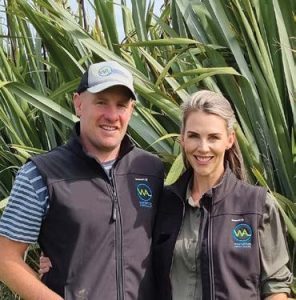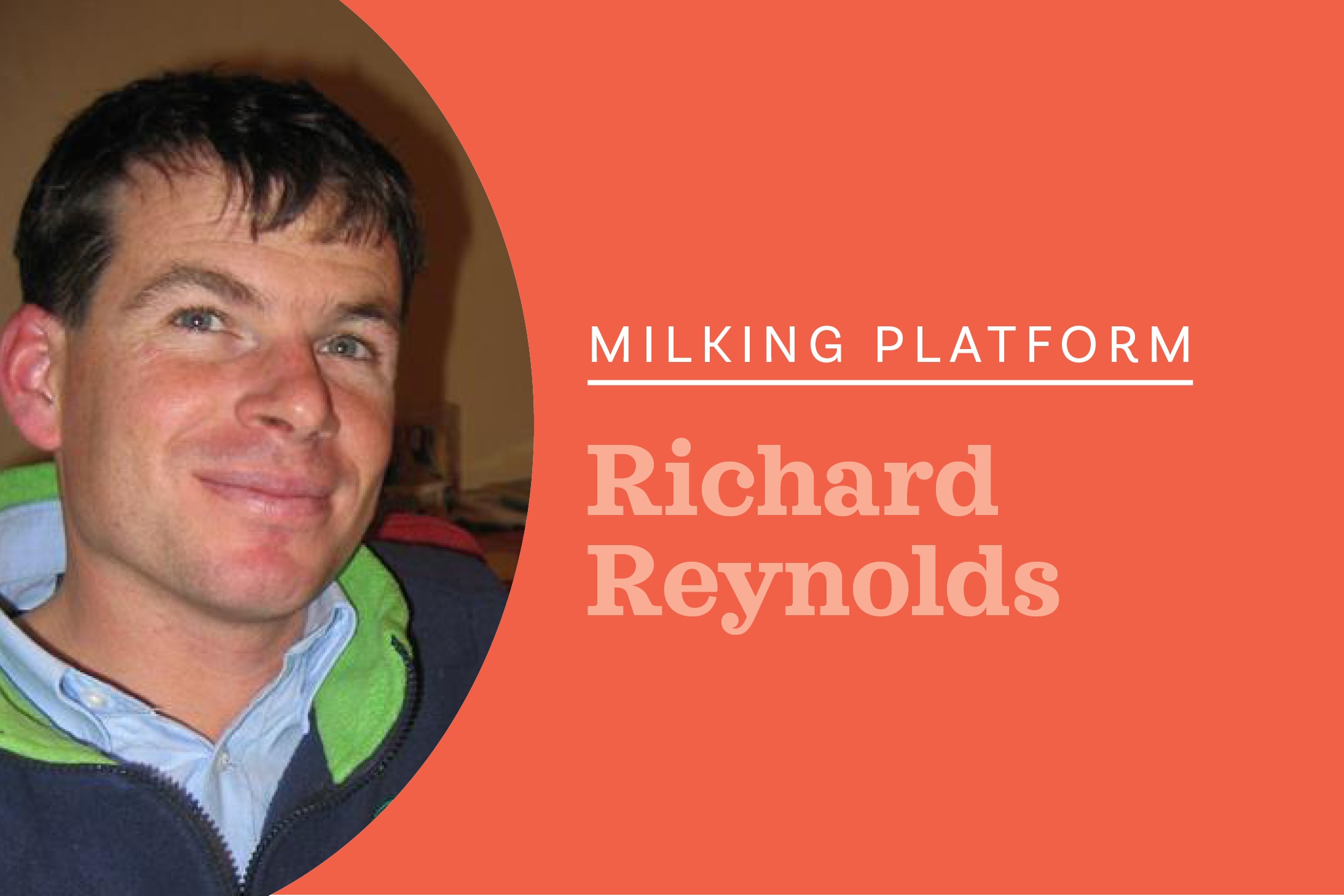Moving times
Glenn Jones has moved the family to a new farm and found a welcome in the community.

 THE MOVE TO THE NEW FARM went well and we have enjoyed a mild winter. As always, what started as a strategic, planned, and civilized farm move turned into a dash-and-grab in the last couple of days to get off farm by May 31.
THE MOVE TO THE NEW FARM went well and we have enjoyed a mild winter. As always, what started as a strategic, planned, and civilized farm move turned into a dash-and-grab in the last couple of days to get off farm by May 31.
The new farm is living up to our expectations and winter growth has been exceptional and average pasture cover is 300 above where it should be. This is a new challenge but by no means a bad one!
The community has been very welcoming and there have been a lot of opportunities for us to get off farm and meet new people.
The GDT has slowly been dropping and without too much surprise, Fonterra announced the midpoint has been reduced to $7/kg milksolids (MS). We have been asked what changes we will make to our business in light of this: The answer is essentially none. What we will be doing is trying to hone the basics – that we have always tried to do well when it comes to cost control.
Some of these are:
- Checking invoices – Are they true and accurate? Do they match your records?
- Get quotes – We try to get a minimum of two if not three quotes on product and services. This is worth the time spent on the phone. Where possible, partner with another farm/s to get a more competitive deal. Buying in bulk helps.
- Questioning suppliers – The last 12 months has seen rural inflation above 16% and it seems the norm to get a letter saying costs have had to go up to meet this. However, we have seen some inputs like fuel come back so this needs to be reflected at their end as well. Push back!
- Diligent and regular maintenance on vehicles and plant to avoid high R&M costs if not now next season. A box of grease cartridges are cheaper than a new set of bearings.
- Timing of payments – Avoid spending in the last 10 days of the month and if you have to, ask the supplier if they can hold the invoice until the first of the next month or where appropriate defer. This all helps manage cash flow.
- Regular reviewing of budget to make sure we know where we are at tracking at all times.
Profitable dairying comes down to pasture grown and harvested, as in any year we should be trying to maximise both. Keep doing the basics right, this means making sure we are on the right round length and targeting grazing at the 2.5-3 leaf stage and hitting consistent residuals. Regular farm walks and having a team that is all involved and onboard with the grazing plan.
When feeding supplement, we will be looking at marginal milk benefits. The supplement price calculator on the DairyNZ website is a good tool to use for this. Towards the end of the season, we will start to look at individual cows and whether it is better to cull empty low-producing cows early rather than feeding supplement to extend lactation.
This will, however, be a tough time for some dairy farmers with what will seem like more downward pressure.
Be sure to keep in touch with your fellow farmers and make time to catch up for a coffee or a beer and have a chat or just be an ear for them to talk too.





